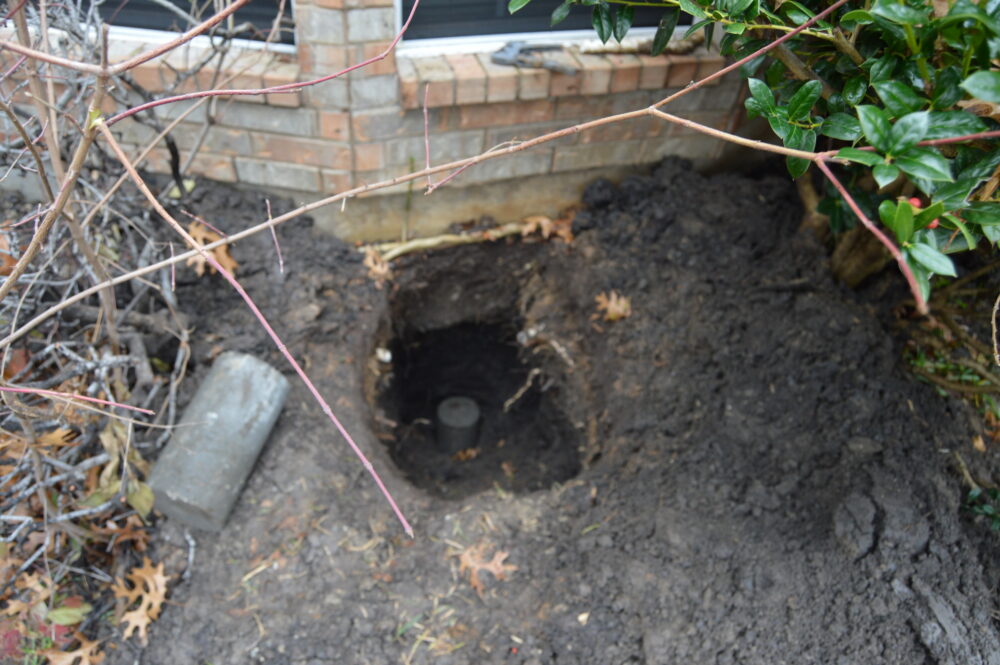How to Inspect Your Own Pier and Beam Foundation: A Homeowner’s Checklist
Pier and beam foundations are common in many homes, offering flexibility and durability when properly maintained. However, problems can develop silently in the crawl space below your home, causing structural damage that accumulates over time. At Steady House Foundation Repair, we recommend that homeowners perform regular self-inspections every six months—or every three months if you live in areas with expansive soil. This guide provides a comprehensive checklist to help you identify potential foundation issues early, potentially saving thousands in repair costs and preventing serious structural damage.
Many foundation problems don’t announce themselves with dramatic warning signs. Instead, they emerge gradually through subtle visual cues that most homeowners overlook. The foundation supports your entire home, so identifying issues quickly protects both your property investment and your family’s safety. Early detection is crucial because addressing foundation problems in their initial stages costs significantly less than waiting until damage spreads throughout your home’s frame, flooring, and walls.

Interior Inspection Checklist
Start inside your home, examining areas most affected by foundation movement. Walk through every room, paying close attention to doors and windows. Do they stick, bind, or fail to close smoothly? Difficulty opening or closing is a classic sign that foundation shifting has distorted the frames. Check for gaps between door frames and walls—when foundations settle unevenly, doors no longer fit their openings properly.
Examine all interior walls and ceilings for cracks. Diagonal cracks running toward corners, stair-step patterns, or horizontal cracks indicate foundation movement. Small hairline cracks from normal settling are typically harmless, but anything wider than 1/8 inch warrants professional evaluation. Check around windows and doorways where cracks concentrate during foundation movement. Pay attention to peeling wallpaper or paint separation, which can indicate structural stress.
Test your floors for levelness. A simple method involves rolling a ball across your floor—if it rolls toward a particular direction, your floor is sloping, suggesting foundation settlement beneath that area. Walk slowly through rooms and notice if floors feel spongy, bouncy, or uneven. Sloping floors are one of the most reliable indicators of foundation problems. Check for visible floor cracks, especially near walls or under windows.
Crawl Space Inspection Checklist
The crawl space reveals the most critical foundation information. Using a flashlight and wearing appropriate safety gear, enter the crawl space carefully. Inspect the concrete piers supporting your home for tilting, shifting, or visible damage. Piers should be relatively plumb (straight), not leaning in any direction.
Examine wooden beams and floor joists for signs of rot, discoloration, or soft spots. Wood rot compromises structural integrity and indicates excess moisture. Look for mold, mildew, or musty odors—common in damp crawl spaces. Check for standing water or wet spots on the ground, which indicates drainage problems. Poor drainage causes moisture accumulation that weakens wood support structures.
Inspect metal piers or connections for rust, which signals moisture problems. Rust indicates that moisture has been present long enough to corrode metal, suggesting chronic moisture issues requiring attention. Look for evidence of pest infestation—termites, carpenter ants, and rodents exploit moisture-rich crawl spaces and further damage wood structures. Check the sill beam (the beam connecting the foundation to the home) for rot, settling, or separation from piers.
Exterior Foundation Inspection Checklist
Examine the exterior foundation for cracks, bulging, or leaning. Walk around your home’s perimeter, checking for stair-step cracks in brick or concrete—these indicate foundation movement. Look for signs of water pooling around the foundation, particularly after rainfall. Poor drainage directs water toward the foundation, causing moisture infiltration. Check yard grading—the ground should slope away from your home at least 5 to 10 degrees to promote drainage away from the foundation.
Inspect the chimney for leaning or separation from the home—chimneys often show foundation problems first. Check for large trees or shrubs planted too close to the foundation; tree roots damage foundations as they expand. Roots should stay at least 10 to 15 feet from your home.
When to Call a Professional
If you notice cracks wider than 1/8 inch, sloping floors, sticking doors or windows, or any moisture in the crawl space, schedule a professional inspection. Early professional evaluation prevents minor issues from developing into major structural problems.
Don’t Wait—Inspect Your Foundation Today
Foundation problems worsen without intervention. Steady House Foundation Repair offers free professional inspections to assess your pier and beam foundation’s condition.
Schedule your free foundation inspection today and gain peace of mind knowing your home’s foundation is sound. Contact Steady House Foundation Repair now to arrange your assessment.
